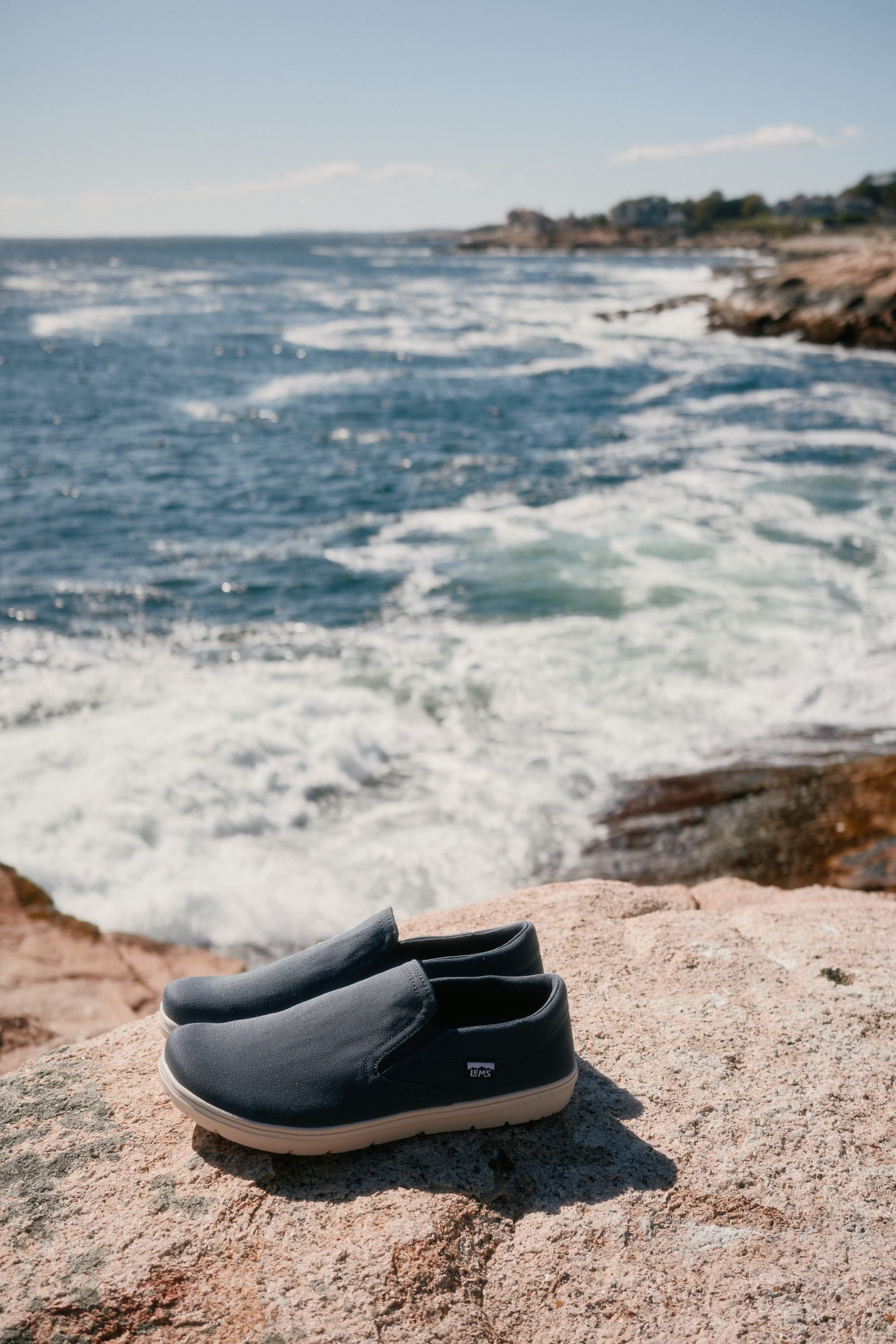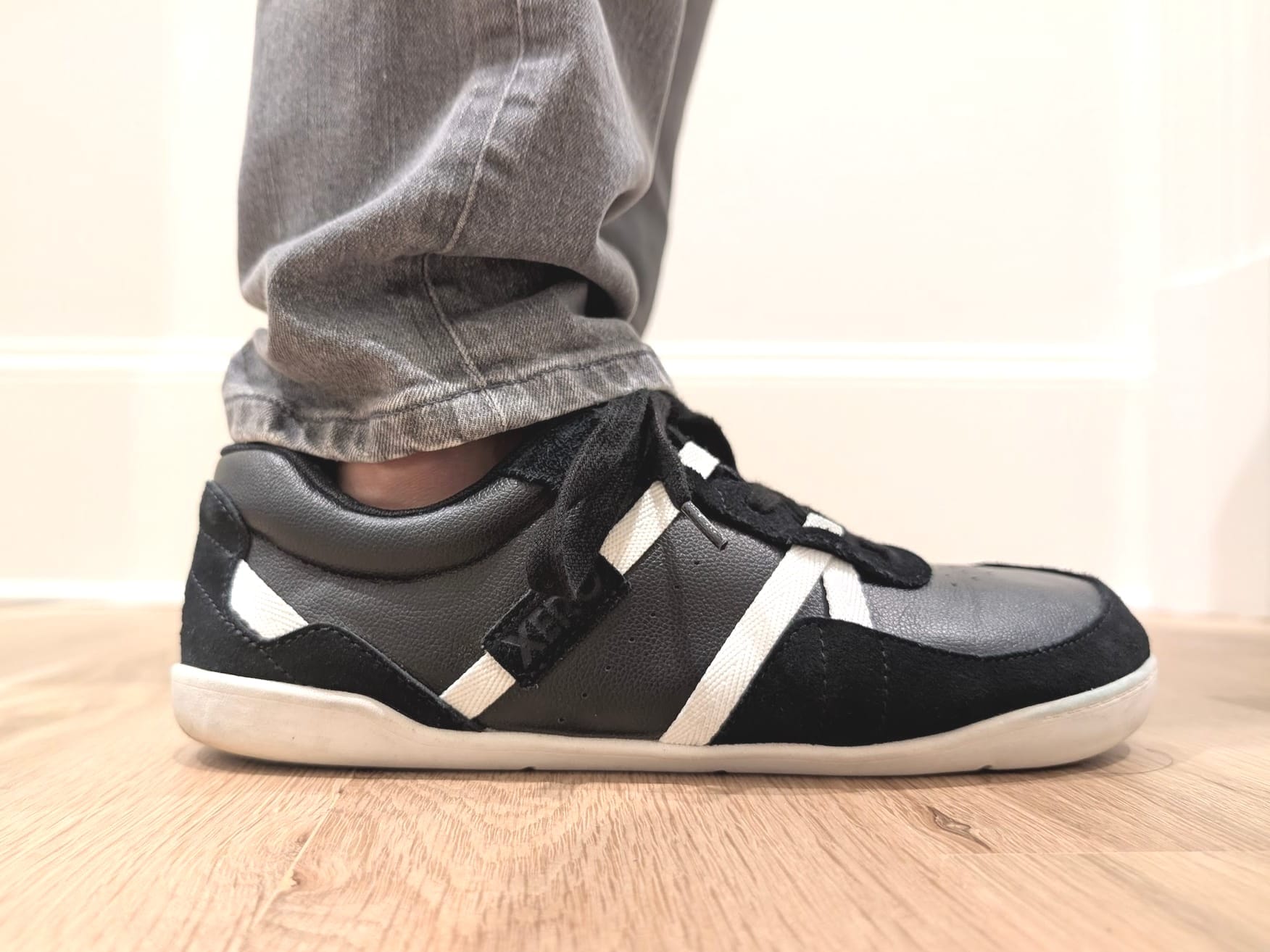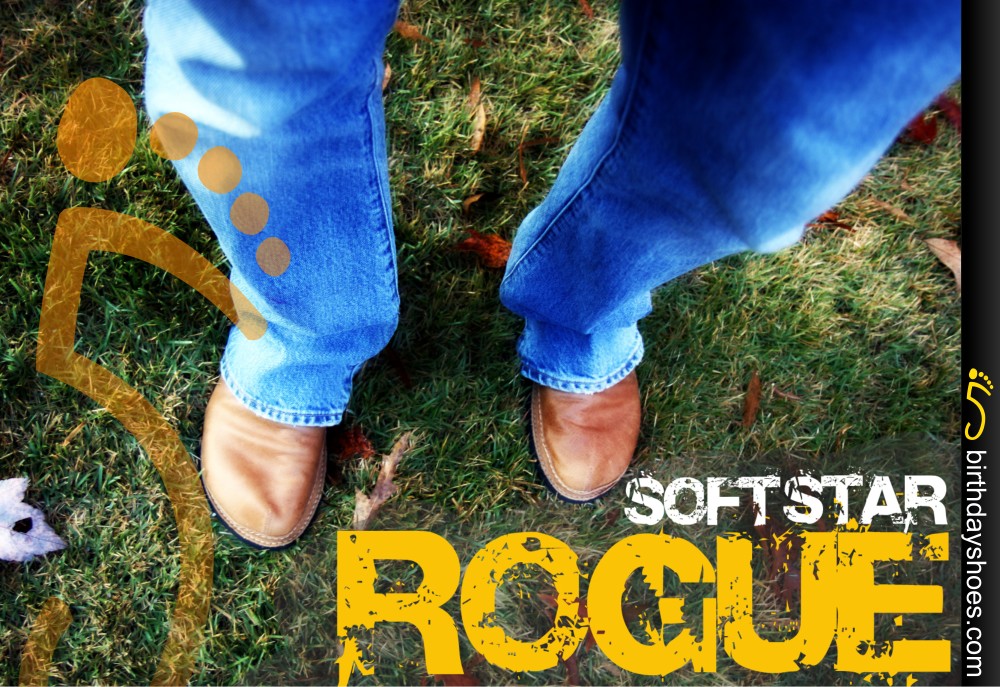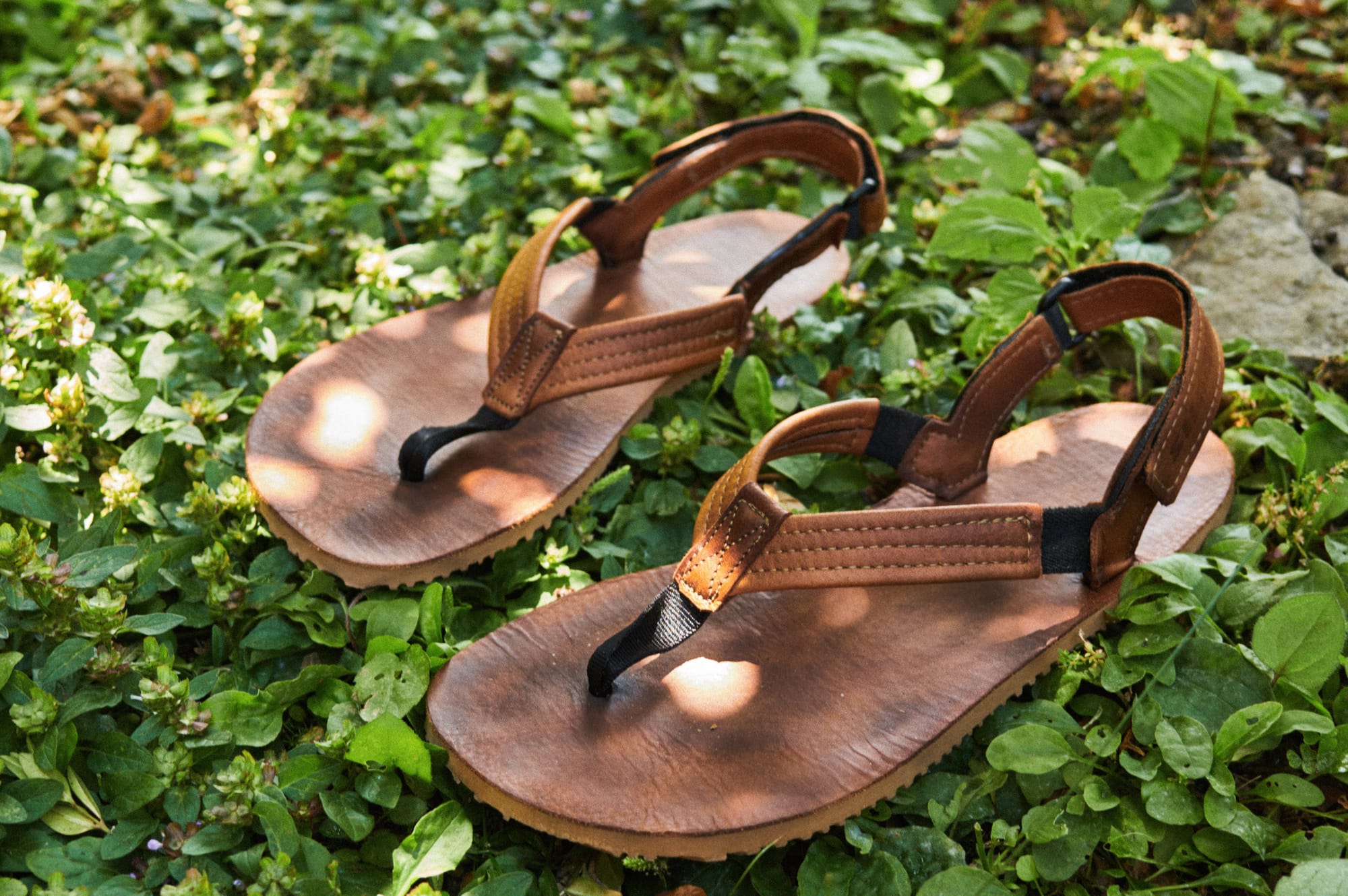Tips and Tricks on Barefoot or Vibram Five Fingers Running [Sound off!]
Many Vibram Five Fingers owners bought their Vibrams specifically for running. Others are incorporating straight-up barefoot running into their training. There are even a few of you who are running in other minimalist footwear like the Vivo Barefoot Ev…

Many Vibram Five Fingers owners bought their Vibrams specifically for running. Others are incorporating straight-up barefoot running into their training. There are even a few of you who are running in other minimalist footwear like the Vivo Barefoot Evo.
Given the paradigm-shift required to go from running in thickly cushioned shoes with elevated heels, many runners turn to forums (like our minimalist or barefoot running forum here), books, or intro guides to natural running styles. There's a lot of information out there!
That said, what hasn't happened is directly asking you what simple tips and tricks have helped you transition to Vibram Five Fingers, minimalist, or barefoot running! So here's the deal. For all you runners out there, please answer the following question:
What tips and tricks have you found to be most helpful to make the transition smooth, get your form down, minimize injury, or otherwise dial-in barefoot or minimalist (Vibram or otherwise) running?
No need to write an essay — in fact, do your best to only sound off on the running tips and tricks that you found helped you out the most. If your favorite barefoot running guru had a particular tidbit of advice that you thought was great, echo that advice (just be sure to say who the guru is!). First ten Vibram Five Fingers (or barefoot) running tips submitted below (one per comment, one per commenter) will get a BirthdayShoes 5-foot logo sticker! (And if you're already won a sticker in the past, please wait patiently!).
What tips and tricks have you found most useful for Vibram Five Fingers, minimalist, or barefoot running?
Sound off below!




